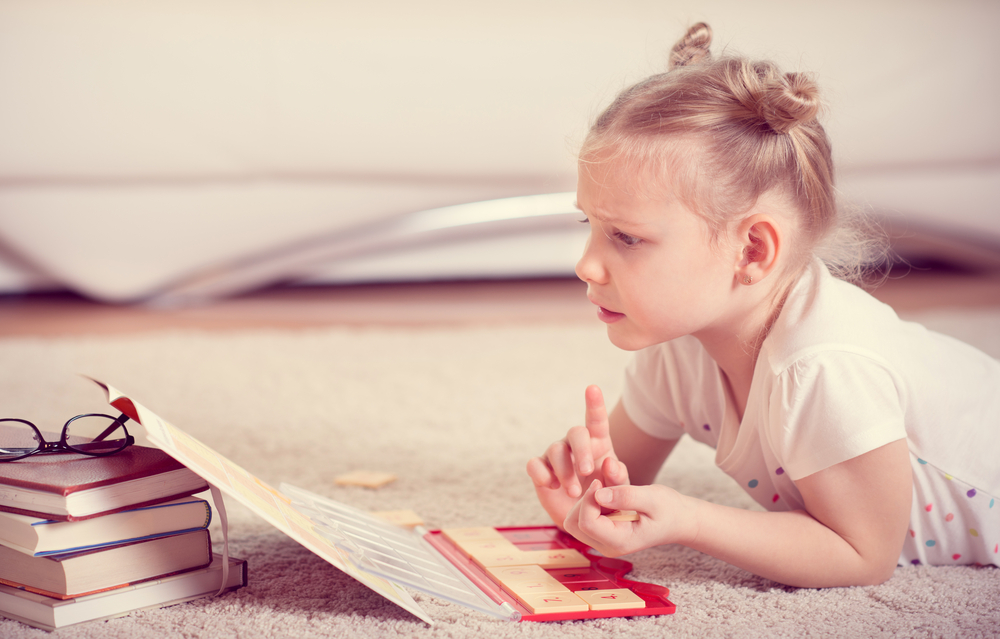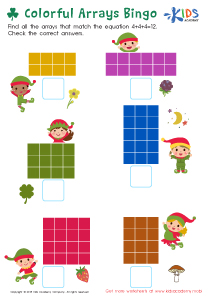Letter recognition Grade 2 Math Worksheets
4 filtered results
-
From - To
Enhance your second grader's letter recognition skills with our engaging math worksheets! Our carefully designed activities combine learning letters with fundamental math concepts, making practice fun and effective. Students will explore letter shapes, sounds, and order through interactive problems that promote literacy alongside numeracy. Perfect for in-class or at-home learning, these worksheets help strengthen foundational skills that are essential for reading and writing. Download our printable resources today to help your child master letter recognition while they develop confidence in math! Foster a love for learning with our vibrant, kid-friendly worksheets tailored to inspire young minds.
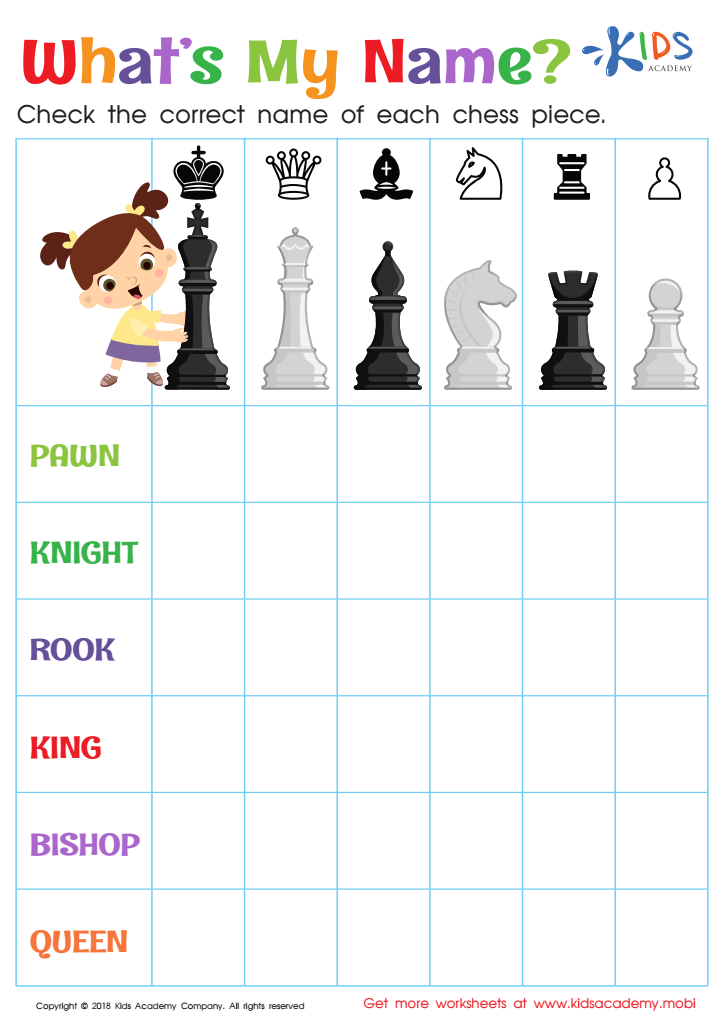

What's My Name? Worksheet
Letter recognition is a crucial skill that serves as the foundation for literacy and communication, which directly impacts students' performance in all academic areas, including math. In Grade 2, students are often introduced to math vocabulary and word problems that require readers to interpret linguistic instructions correctly. This competency in letter recognition enables children to decode math problems, understand instructions, and participate more effectively in classroom discussions.
Furthermore, letter recognition helps foster a positive connection between literacy and numeracy. Many mathematical concepts and operations, such as adding and subtracting, are often expressed through word problems that rely on comprehension skills. When students grasp the correlation between letters and sounds, they can tackle math problems that involve scenarios described with text.
Additionally, teaching letter recognition supports broader cognitive development. It enhances critical thinking and enhances patience as children learn to analyze and decipher more complex problems. For parents, encouraging letter recognition alongside mathematical thinking also demonstrates a commitment to their child’s overall academic growth. In summary, fostering letter recognition in grade 2 ensures that students are better prepared to engage with math, leading to improved confidence and competence in both subjects as they advance in their educational journey.



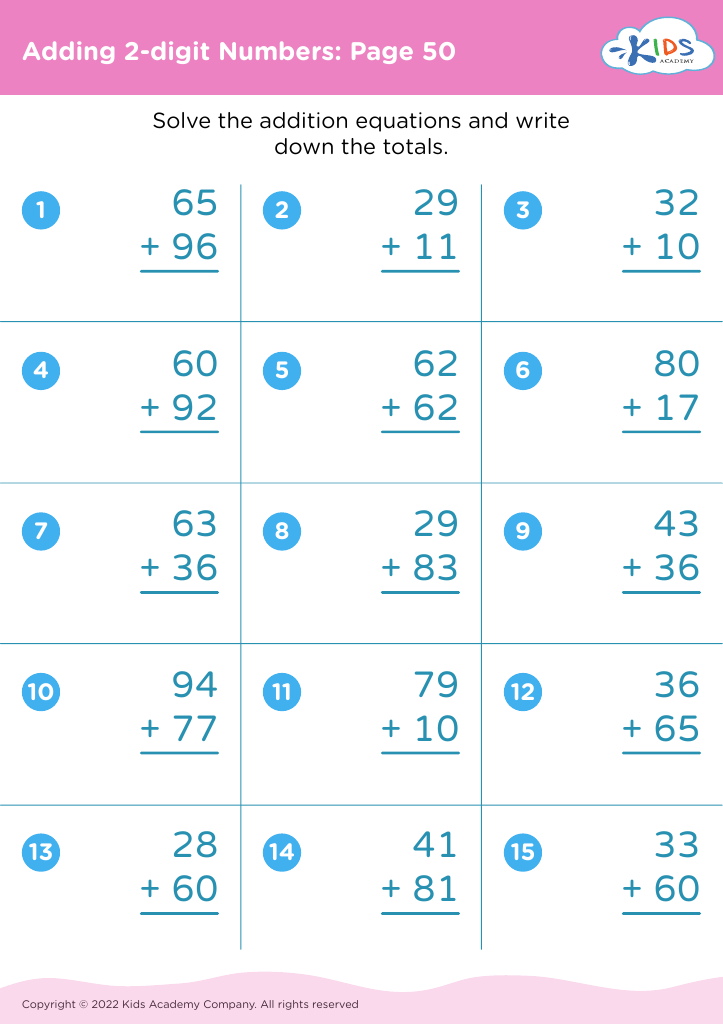
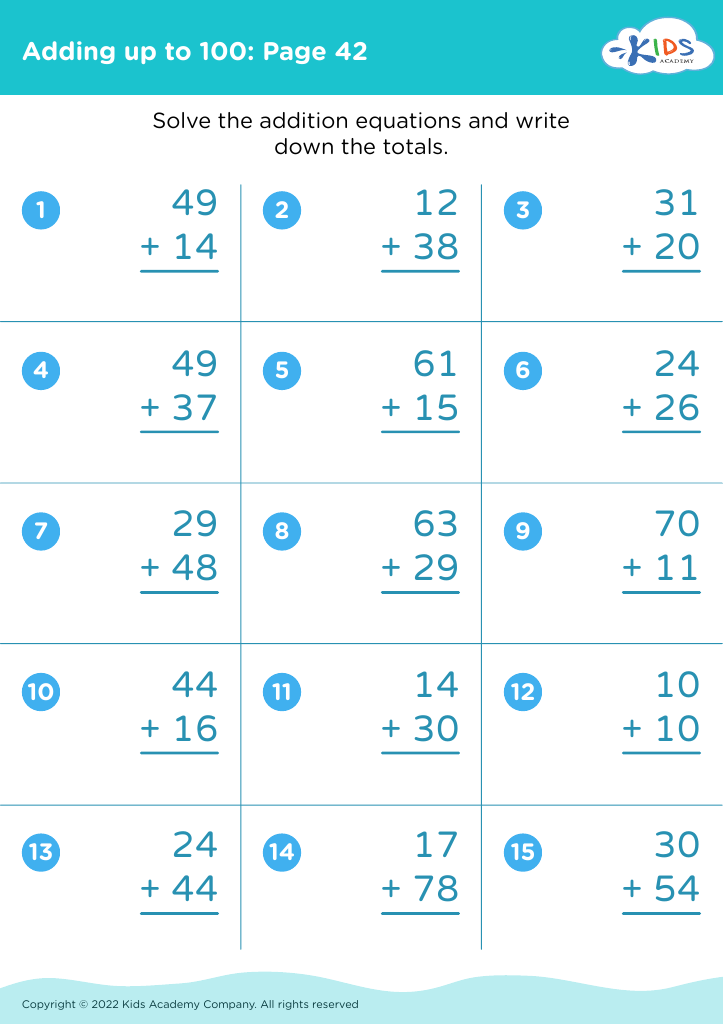
 Assign to My Students
Assign to My Students






